

Mga Batang Mandirigma(2004)
The Probe Team traces the roots of two Muslim youths who are currently studying in the U.S.: Khalid Dimaporo and Romina Bernardo. More than another war story, this is a tale of two individuals who are out to discover what it means to be a Muslim of their generation. Both come from prominent political clans in Mindanao, but consider themselves “modern Muslims,” having been raised and exposed to different cultures in other countries.
Movie: Mga Batang Mandirigma
Top 1 Billed Cast
Reporter

Mga Batang Mandirigma
HomePage
Overview
The Probe Team traces the roots of two Muslim youths who are currently studying in the U.S.: Khalid Dimaporo and Romina Bernardo. More than another war story, this is a tale of two individuals who are out to discover what it means to be a Muslim of their generation. Both come from prominent political clans in Mindanao, but consider themselves “modern Muslims,” having been raised and exposed to different cultures in other countries.
Release Date
2004-01-01
Average
0
Rating:
0.0 startsTagline
Genres
Languages:
Keywords
Similar Movies
 6.5
6.5Adolf Island(en)
Caroline Sturdy Colls, a world leader in the forensic investigation of Nazi crime scenes, is chasing clues to an unsolved case: a concentration camp that existed on the British island of Alderney. Witnesses and survivors claimed that thousands died there, but only 389 bodies have ever been found. Under heavy restrictions imposed by the local government, which may not want its buried secrets revealed, Colls must uncover the truth using revolutionary techniques and technologies.
 7.0
7.0Hitler's Mountain: Hidden Traces(en)
The Obersalzberg was an ordinary Bavarian mountain until Adolf Hitler discovered it in 1923. There at the Berghof, the Nazi leader spent his time surrounded by his most faithful lieutenants and his mistress, Eva Braun. Though mostly destroyed, remnants of the vast building complex still exist.
 8.0
8.0Halifax At War: Story of a Bomber(en)
The Handley Page Halifax four-engined heavy bomber was the unsung hero of Bomber Command during the Second World War. It flew over 39,000 sorties over enemy territory, towed gliders, dropped agents, carried cargo, and pioneered electronic warfare. In all 6,178 were built. Today only three remain.
 0.0
0.0Invisible(tl)
Still considered a taboo topic, mental health is usually associated with craziness, mental derangement, or lack of faith. In the Philippines, there are about 3.3 million Filipinos afflicted with this “invisible” ailment, many of whom are afraid to admit it and deal with their condition for fear of being ostracized. Sometimes, warning signs are ignored and things end up tragically. In this full-length documentary, ABS-CBN hopes to destigmatize mental health by taking a more optimistic approach with stories of recovery and redemption.
 0.0
0.0Y1: Silence of the Deep(el)
14 September 1943: The legendary submarine Y1 “Katsonis” was sunk north of the island of Skiathos by the German submarine chaser UJ 2101. Through the book of XO Elias Tsoukalas who escaped capture and had to swim for nine hours to reach shore, secret documents, and crew members’ diaries, the documentary unfolds the human stories woven around the submarine. Seventy-five years later, with the support of the Hellenic Navy, we search for the submarine sunk at 253 metres depth and film the wreck for the very first time.
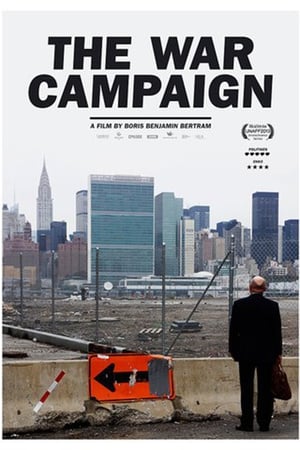 0.0
0.0The War Campaign(en)
The film uncovers the way the governments of Denmark, USA and the UK massaged political and popular opinion in their own countries.
 0.0
0.0America in World War II(en)
Follow the fascinating story of America's journey into World War II and discover the remarkable, selfless courage and bravery of Americans both at home and abroad that literally turned the tide of the war against Adolf Hitler.
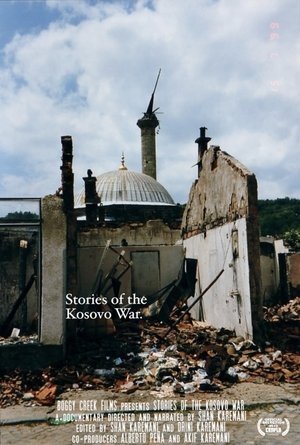 8.0
8.0Stories of the Kosovo War(en)
A documentary unraveling the untold stories and brutal experiences of the Kosovo War in the late 1990s.
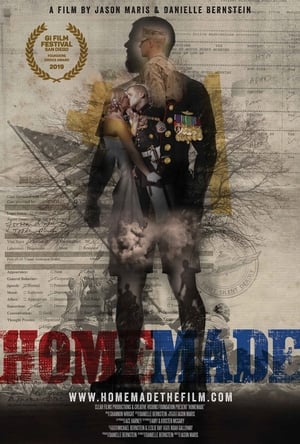 0.0
0.0Homemade(en)
Homemade is the cinematic and profoundly intimate five-year journey with decorated Force Reconnaissance Marine, Adam Sorensen, and his wife, Victoria, as they navigate marriage and the effects of Post Traumatic Stress, Traumatic Brain Injury, and addiction.
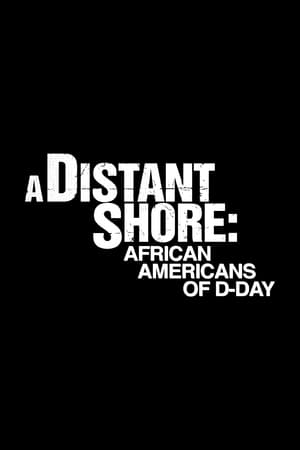 0.0
0.0A Distant Shore: African Americans on D-Day(en)
The role of African American soldiers during the World War II Allied invasion of Normandy.
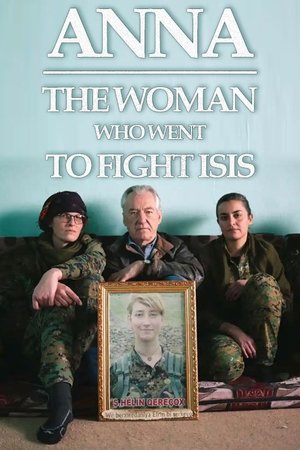 7.0
7.0Anna: The Woman Who Went to Fight ISIS(en)
In 2017, 25-year-old Anna Campbell from Lewes in East Sussex travelled in secret to northern Syria. She was heading for Rojava, the Kurdish territory in the north of the country. In the midst of the civil war in Syria, a fledgling feminist democracy had been established but almost immediately came under threat from the so-called Islamic State. Just eight months after arriving and with no military background, Anna went to the front line to fight with Kurdish YPJ. A month later she was killed by a Turkish air strike. With access to her diary and videos filmed while she was there, this film explores what motivated Anna to leave and how her family make sense of the tragic consequences.
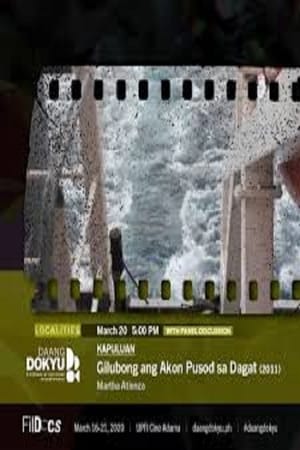 0.0
0.0My Navel Is Buried In The Sea(tl)
Gilubong ang Akon Pusod sa Dagat explores the relevance of the sea and its relationship and impact on those who use it as a source of livelihood. Through a three-channel video projection, the work proffers varying scenes and perspectives in simultaneity, briskly balancing alternating rhythms in settings and emotions throughout its duration. In addition to reflecting the Philippines’ historical and geographical relationship with the ocean, it brings the sea into its contemporary reality, as a metaphor of necessity and opportunity, and of community and isolation.
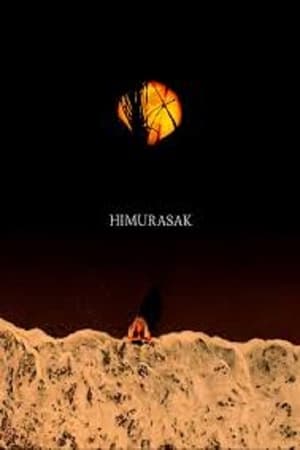 0.0
0.0A Harvest Of Souls(tl)
Himurasak shares stories from communities in Tacloban affected by Typhoon Yolanda, from the collective memory and experiences of the locals themselves.
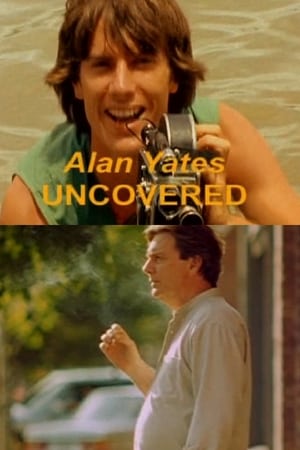 6.5
6.5Alan Yates Uncovered(en)
Documentary follows Gabriel Yorke, the actor turned Berkeley professor, who, after 25 years of silence, is finally willing to speak about his participation in the controversial film Cannibal Holocaust (1980).
 0.0
0.0Totem: The Return of the G'psgolox Pole(en)
This feature-length documentary traces the journey of the Haisla people to reclaim the G'psgolox totem pole that went missing from their British Columbia village in 1929. The fate of the 19th century traditional mortuary pole remained unknown for over 60 years until it was discovered in a Stockholm museum where it is considered state property by the Swedish government. Director Gil Cardinal combines interviews, striking imagery and rare footage of master carvers to raise questions about ownership and the meaning of Aboriginal objects held in museums.
 7.1
7.1Nanook of the North(en)
This pioneering documentary film depicts the lives of the indigenous Inuit people of Canada's northern Quebec region. Although the production contains some fictional elements, it vividly shows how its resourceful subjects survive in such a harsh climate, revealing how they construct their igloo homes and find food by hunting and fishing. The film also captures the beautiful, if unforgiving, frozen landscape of the Great White North, far removed from conventional civilization.
 6.9
6.9Olympia: Part One – Festival of the Nations(de)
Commissioned to make a propaganda film about the 1936 Olympic Games in Germany, director Leni Riefenstahl created a celebration of the human form. This first half of her two-part film opens with a renowned introduction that compares modern Olympians to classical Greek heroes, then goes on to provide thrilling in-the-moment coverage of some of the games' most celebrated moments, including African-American athlete Jesse Owens winning a then-unprecedented four gold medals.


